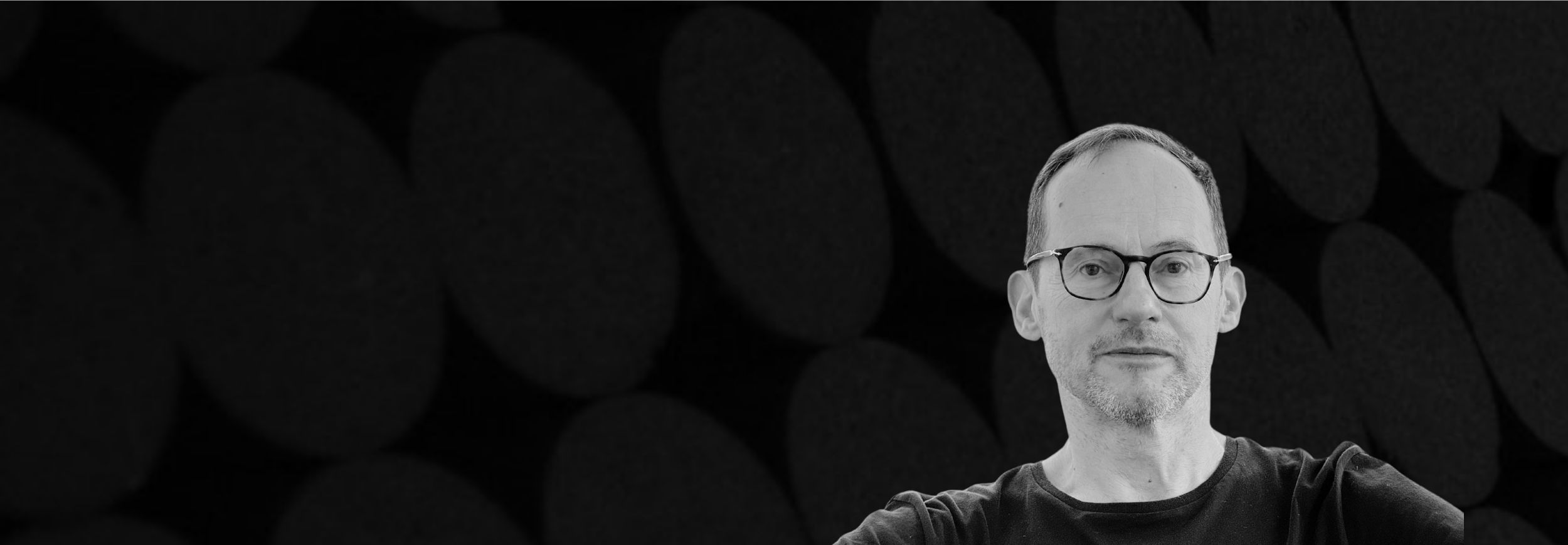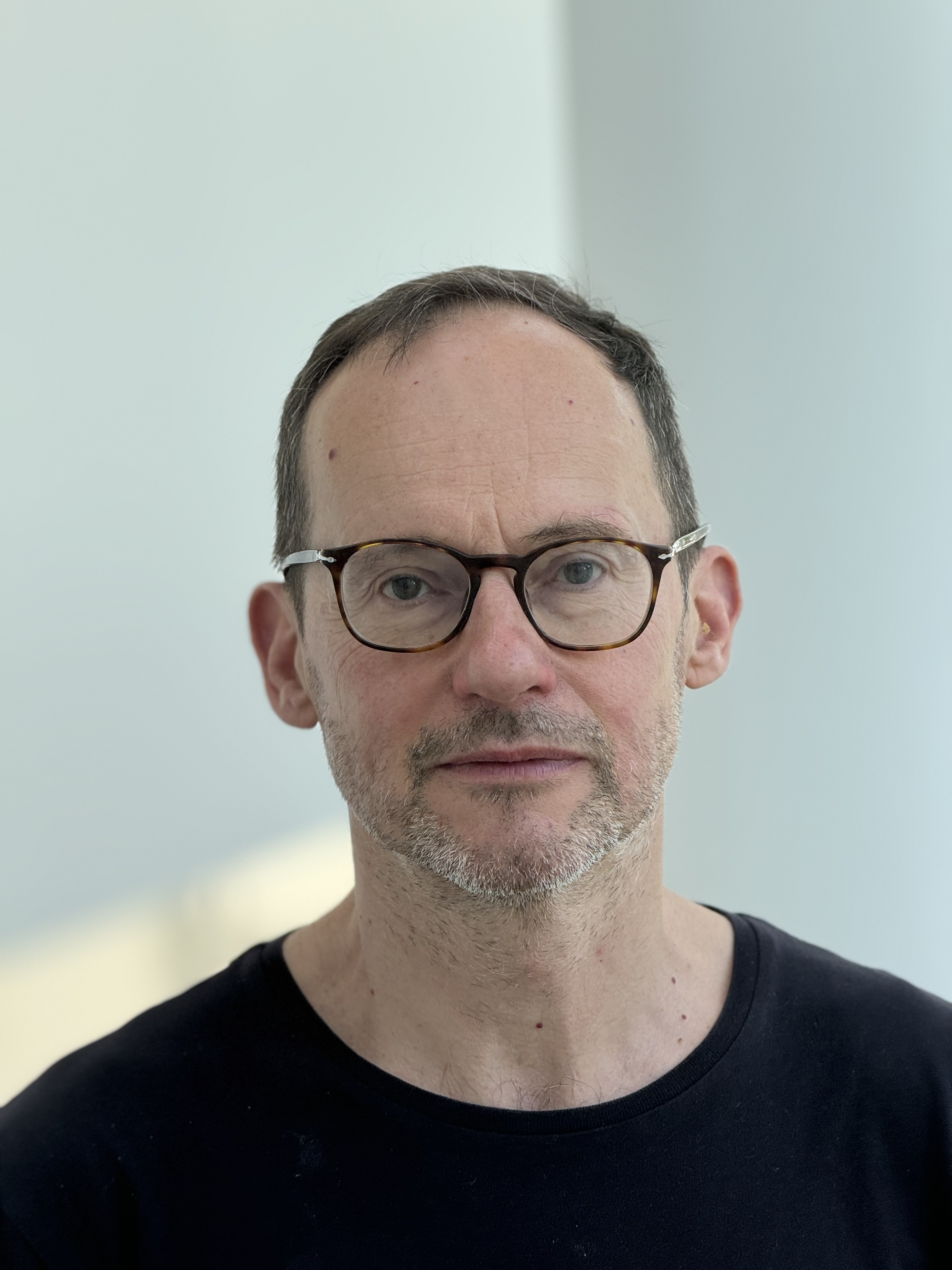

David Sawer
Byrnan Wood
Short instrumentation: 4 4 4 4 - 6 4 4 1 - perc(5), hp(2), str
Duration: 18'
Dedication: for Carolyn Steel
Instrumentation details:
1st flute (+picc)
2nd flute (+picc)
3rd flute (+alto fl)
4th flute (+alto fl)
1st oboe
2nd oboe
3rd oboe (+c.a)
4th oboe (+c.a)
1st clarinet in Bb (+cl(Eb))
2nd clarinet in Bb (+cl(Eb))
3rd clarinet in Bb (+bass cl(Bb))
4th clarinet in Bb (+bass cl(Bb))
1st bassoon
2nd bassoon
3rd bassoon (+cbsn)
contrabassoon
1st horn in F
2nd horn in F
3rd horn in F
4th horn in F
5th horn in F
6th horn in F
1st trumpet in Bb
2nd trumpet in Bb
3rd trumpet in Bb
4th trumpet in Bb
1st trombone
2nd trombone
3rd trombone
4th trombone
contrabass tuba
1st percussion
2nd percussion
3rd percussion
4th percussion
5th percussion
1st harp
2nd harp
violin I
violin II
viola
violoncello
contrabass
Sawer - Byrnan Wood for orchestra
Printed/Digital
Translation, reprints and more

David Sawer
Sawer: Byrnan Wood for orchestraOrchestration: for orchestra
Type: Studienpartitur
Sample pages
Audio preview
Work introduction
“What I find most exciting about composing,” Sawer has written, “is the possibility of change: of changing something that is still into something that moves; something that is clear into something that is dense; something hard into something soft”. And change is what Byrnan Wood is all about: an exploration of how the sound perspective of an orchestra may be altered, and how sound can appear to move in space although the source of the sound, the orchestra, remains stationary. Hence the Shakespearean title; the gernerating idea for the work came from Macbeth, in which Malcolm’s army moves towards Dunsinane Castle, camouflaged by a forest of leafy branches cut from Great Birnam Wood. Sawer says, “I am not describing the actual wood, but Macbeth’s hallucination; this is why I chose one of the original Shakespearean spellings for the title”.
One of the ways in which Sawer effects his orchestral camouflage is presented at the very start: the spiccato triplet heard on the violins spreads through the upper strings desk by desk, neighbour to neighbour. This technique of Chinese whispers runs trough the work, and it is complemented by the use of timbral imitation so that, say, a wooden bow sound from the violin can be mimicked by a xylophone, or a double-bass pizzicato is imitated by the bass drum. In these ways, Sawer can move the sound around the orchestra, either changing the aural focus slowly or in rapid leaps, and build up a web of motifs - “musical signals” he calls them - which cohere both through their thematic links and their geometrical positioning in the musical space. Those relationships are overlaid with a rhythmic grid whose effect Sawer likens to a flashing stroboscope, which roughens the musical surface and screws up its nervous intensity.
But in the course of composition, Sawer found the starting image of the work, that of Birnam Wood coming to Dunsinane as the witches in Macbeth predicted, forcing itself more and more to the fore. The militaristic aspect of the idea began to assert itself, and Byrnan Wood acquired another layer of camouflage, that of an orchestra disguising itself as an army on the move.
The fragmentary marches which erupt through the surface of the score, especially in the latter stages of its journey, seem to carry another layer of meaning too. In the early 1980s, Sawer studied in Cologne with Mauricio Kagel, and the march, with all its militaristic connotations, is a genre that has regularly fascinated Kagel in his own orchestral works. Here, maybe, Sawer is making his own exploration of his teacher’s obsession; as the work builds toward its jagged, nervy climax and stutters into silence, the ghost of the military machine seems to be exorcised.
Byrnan Wood is dedicated to Carolyn Steel
Andrew Clements
